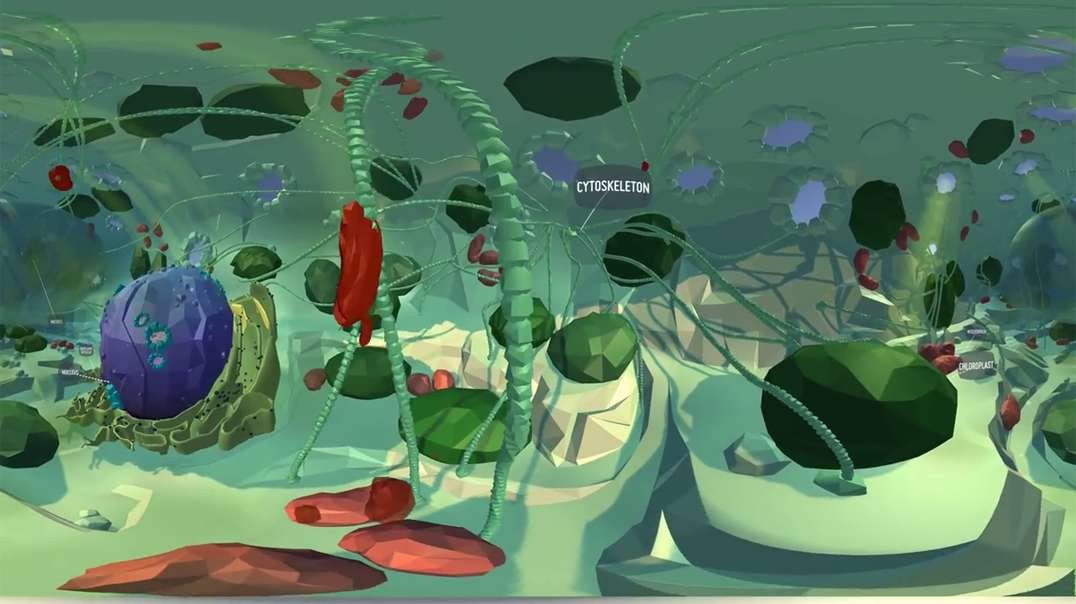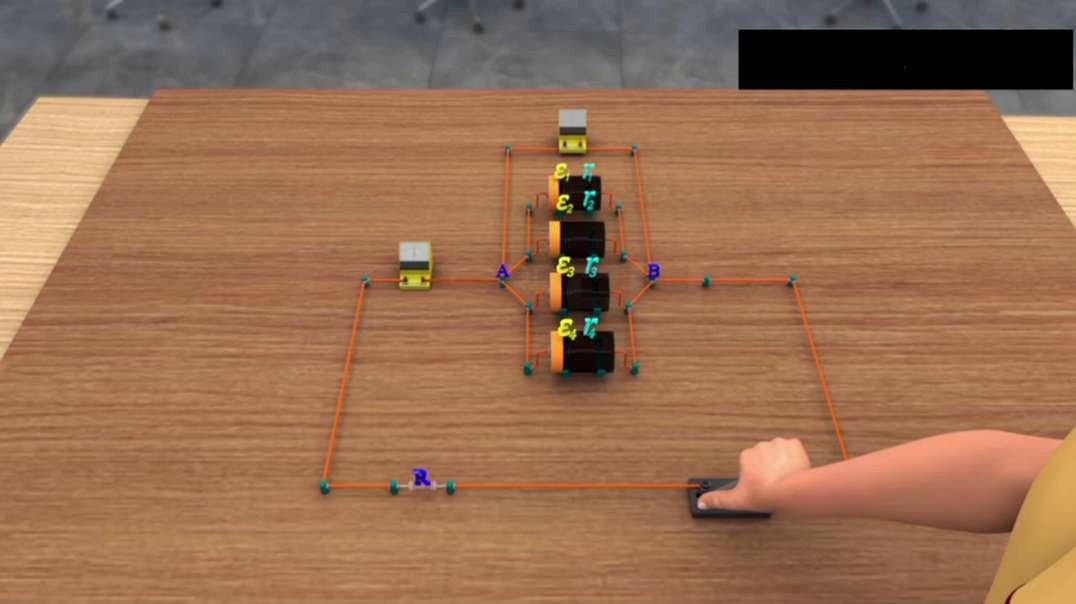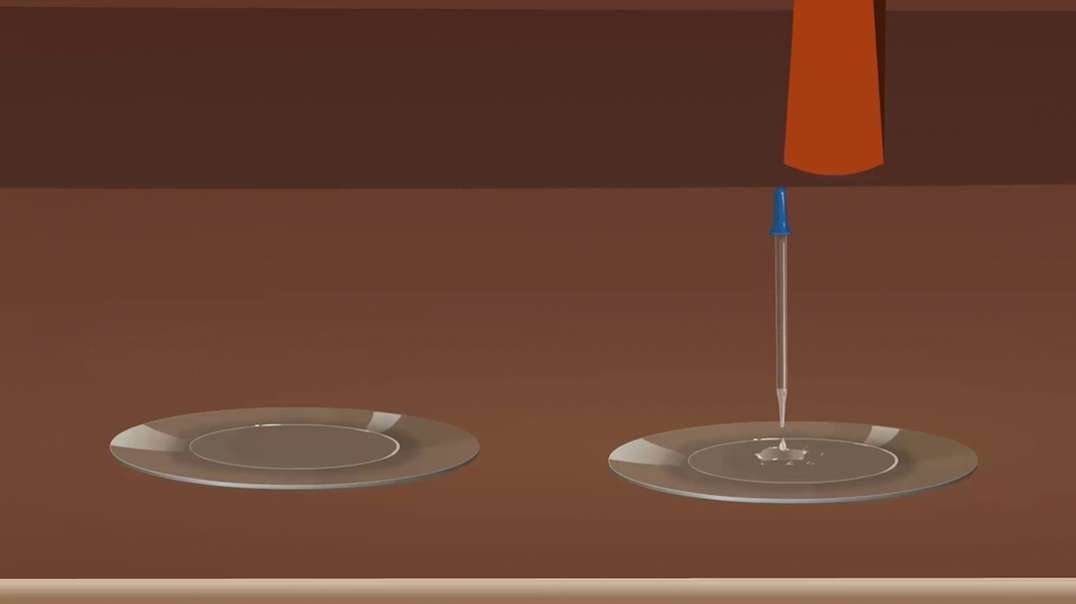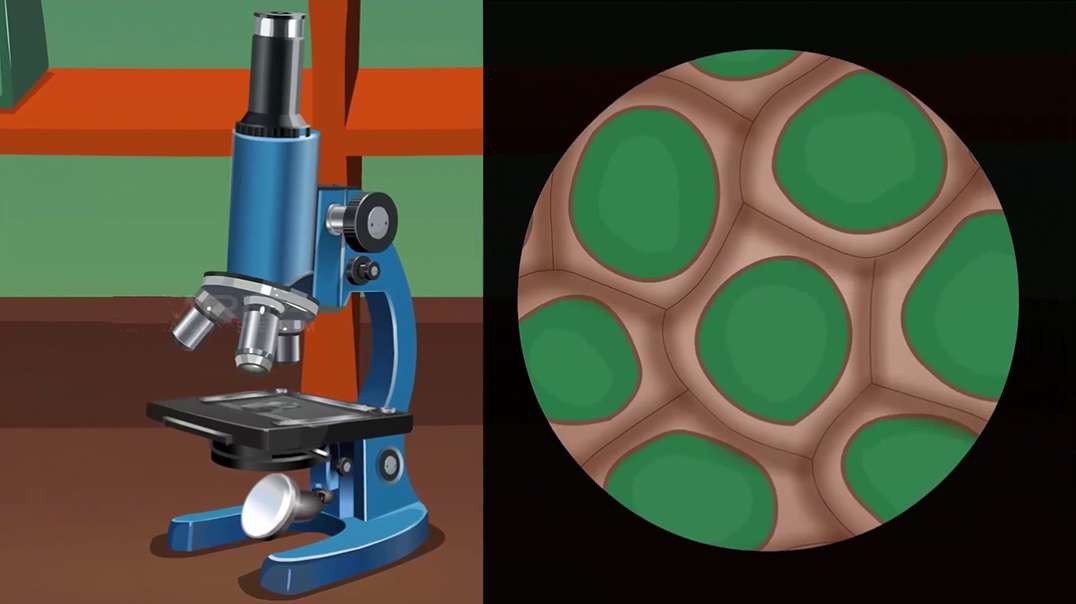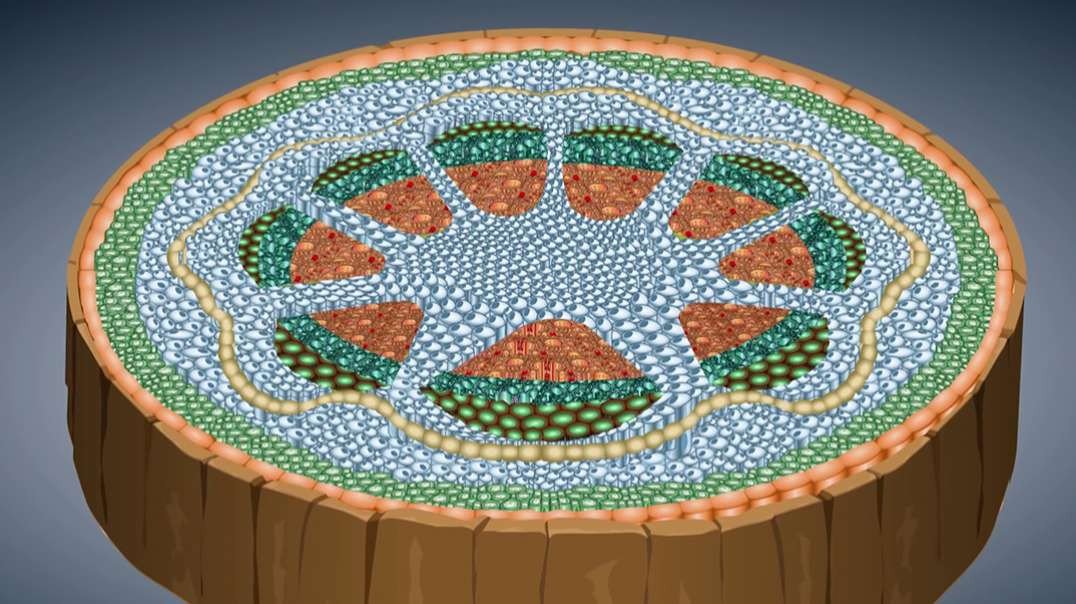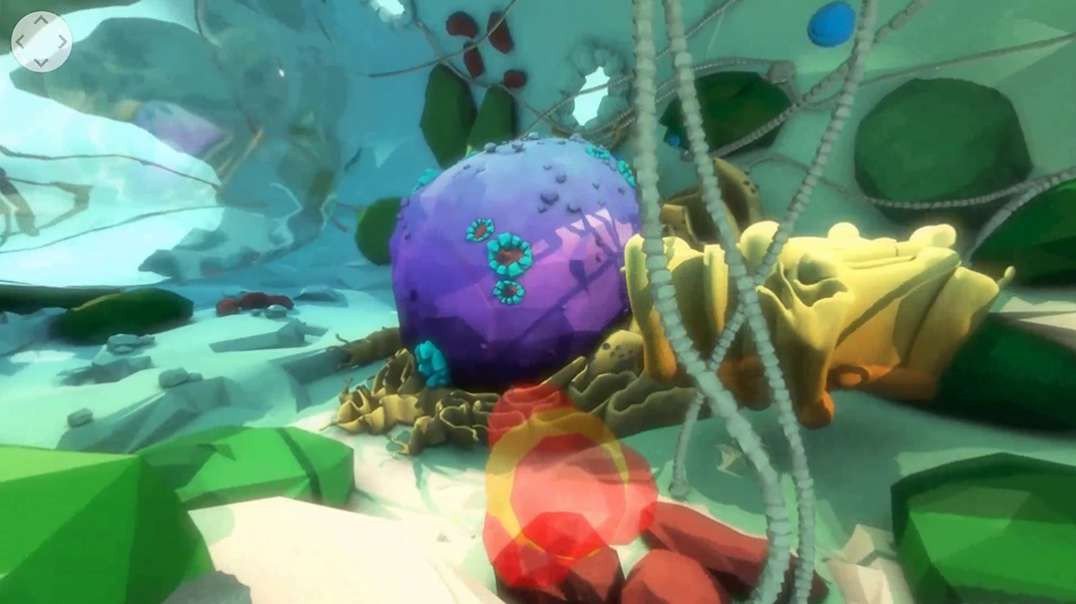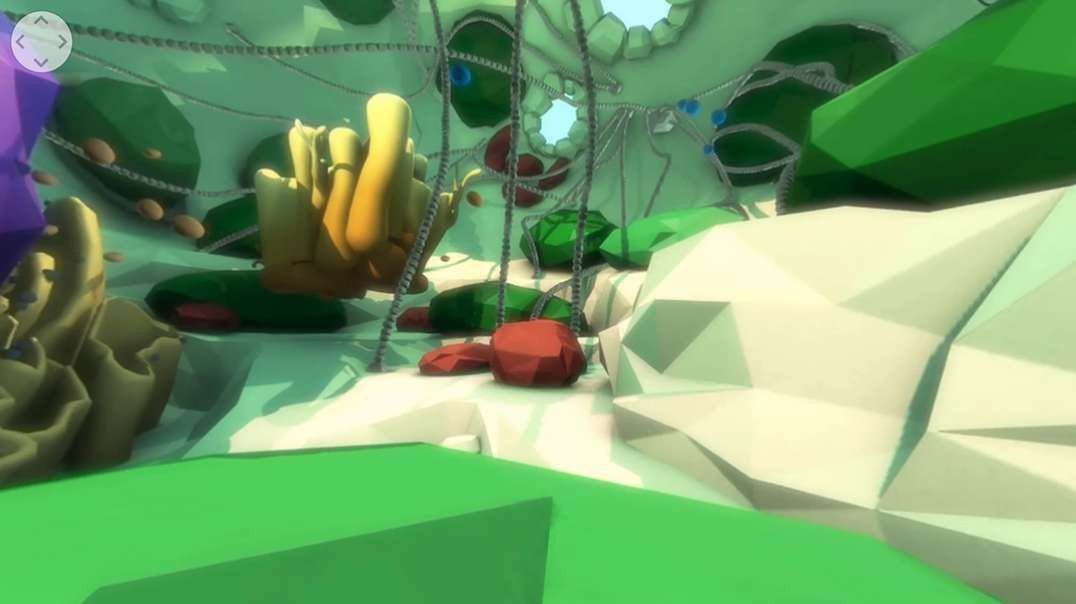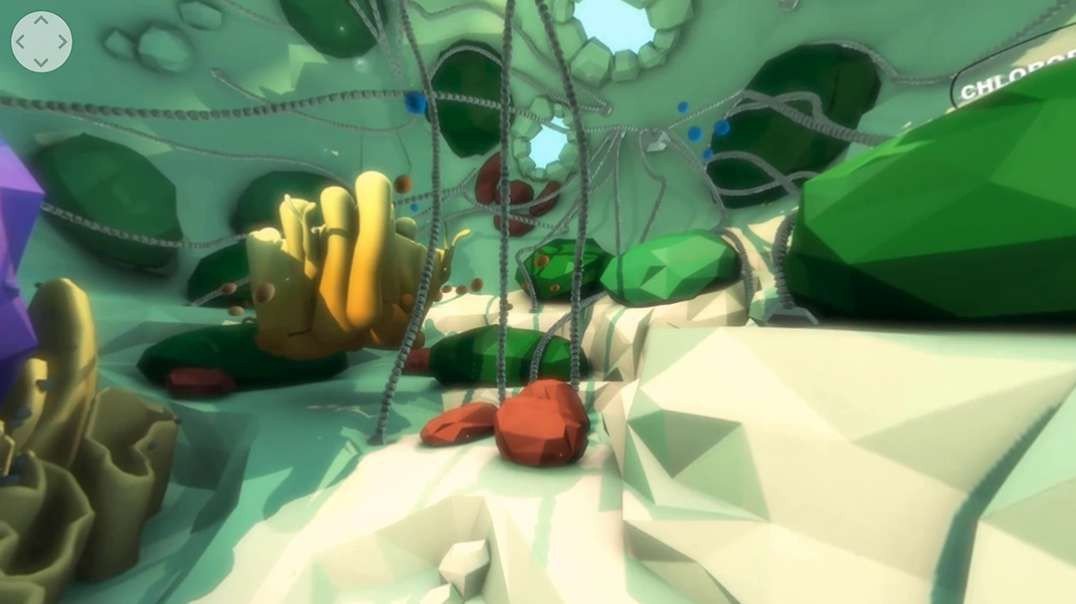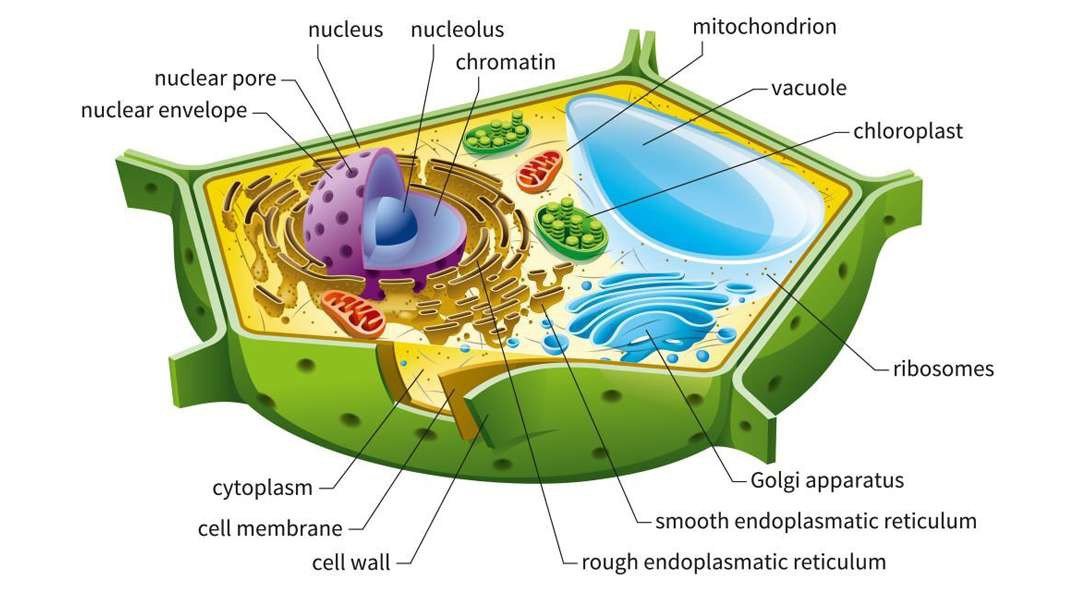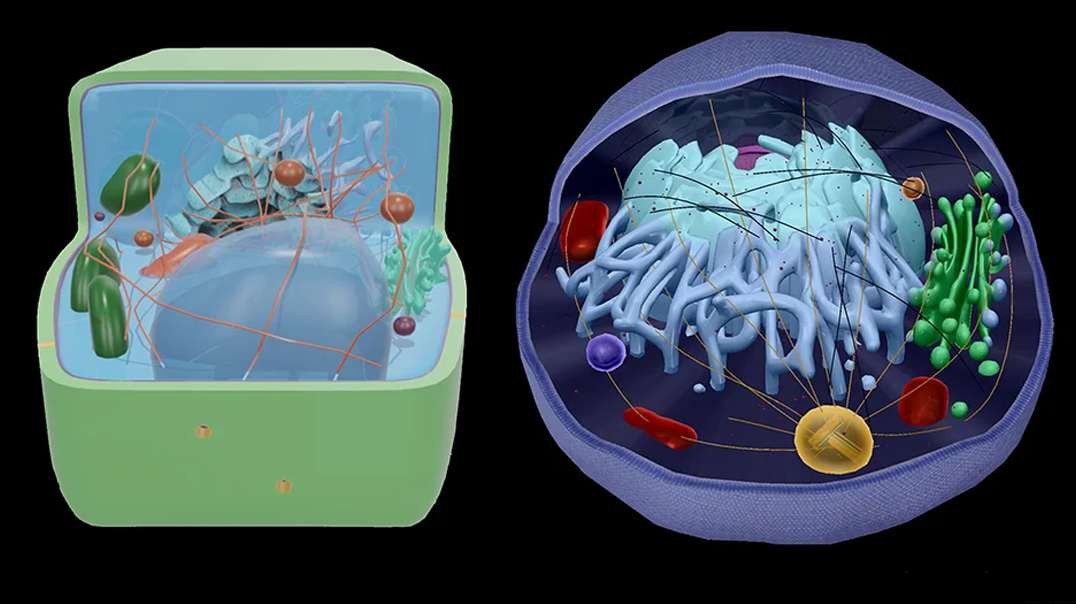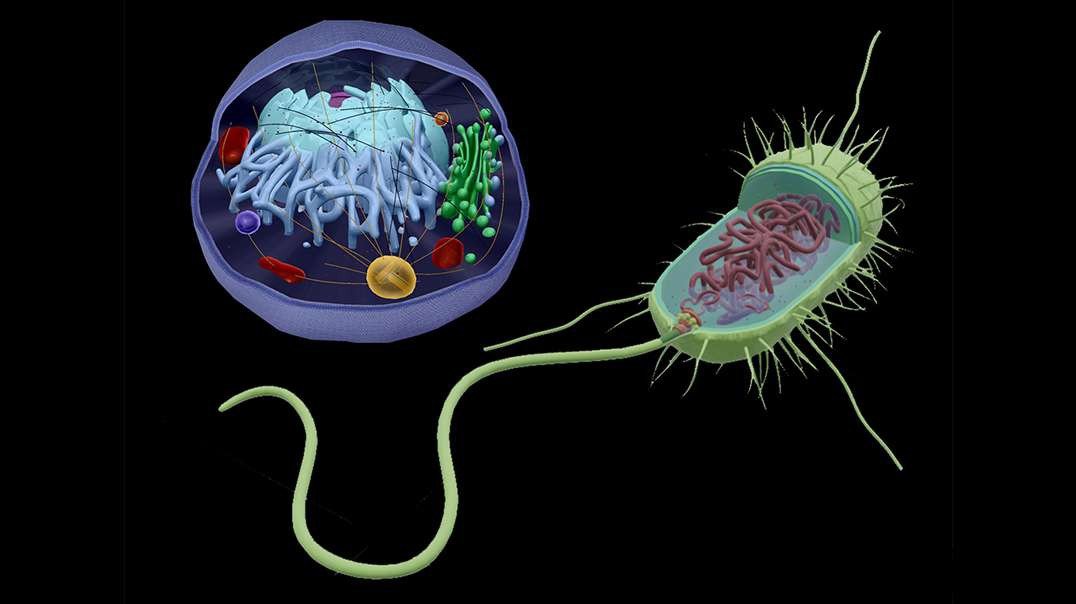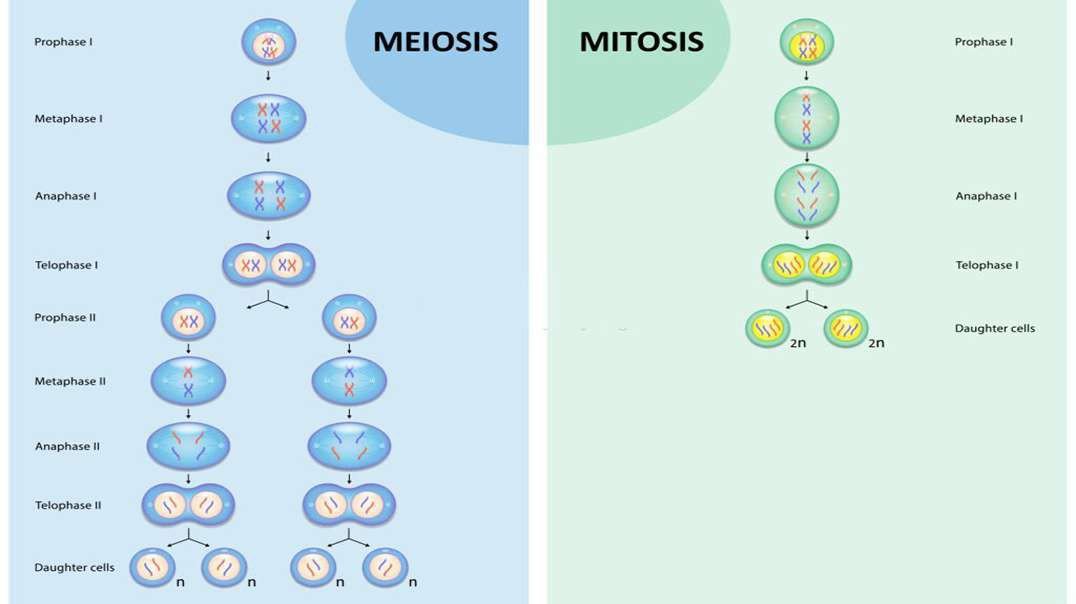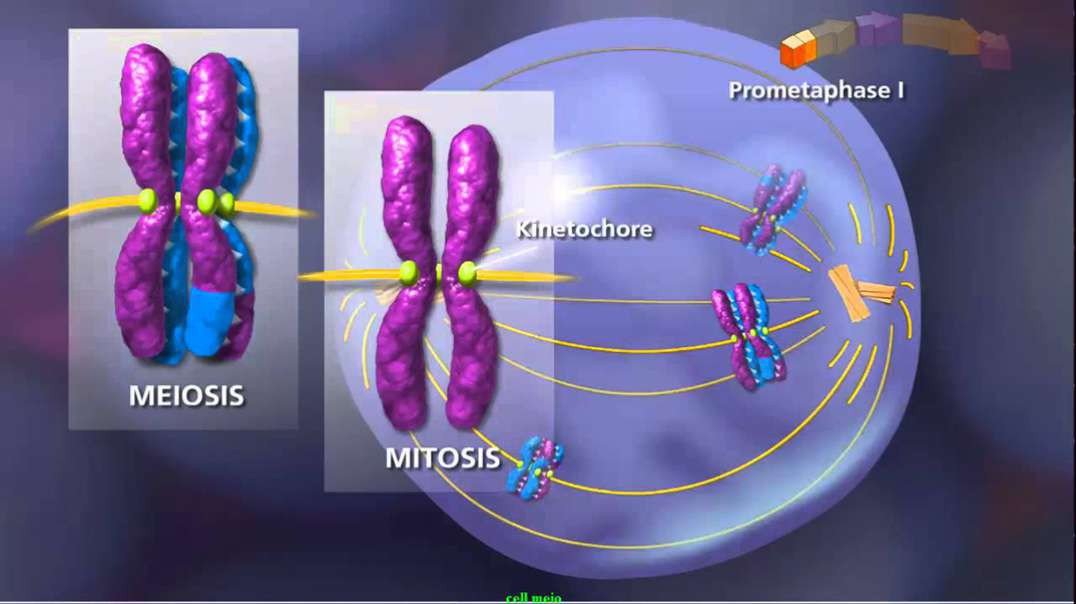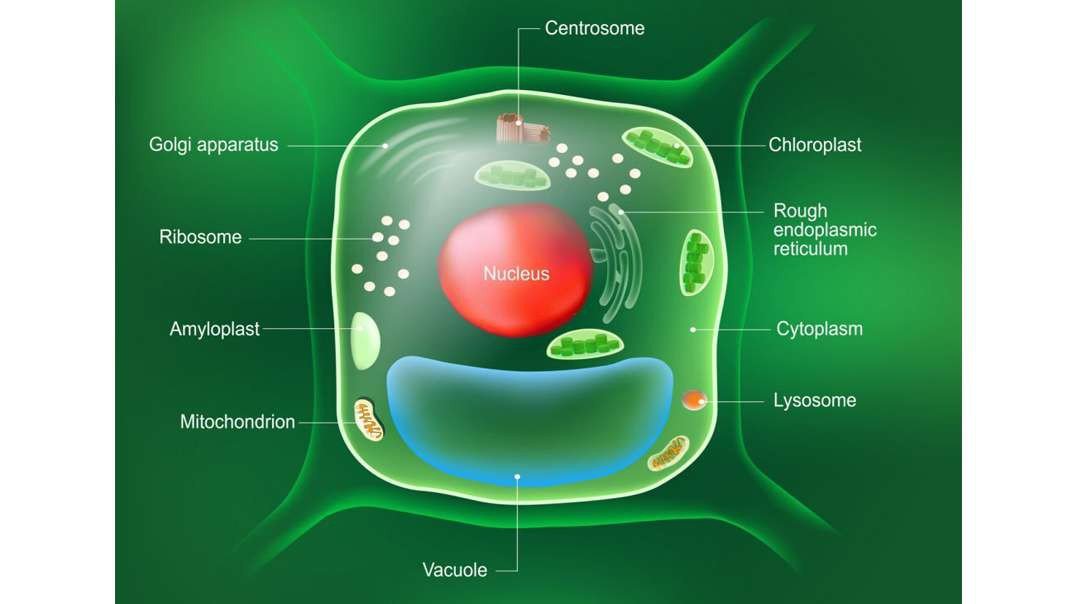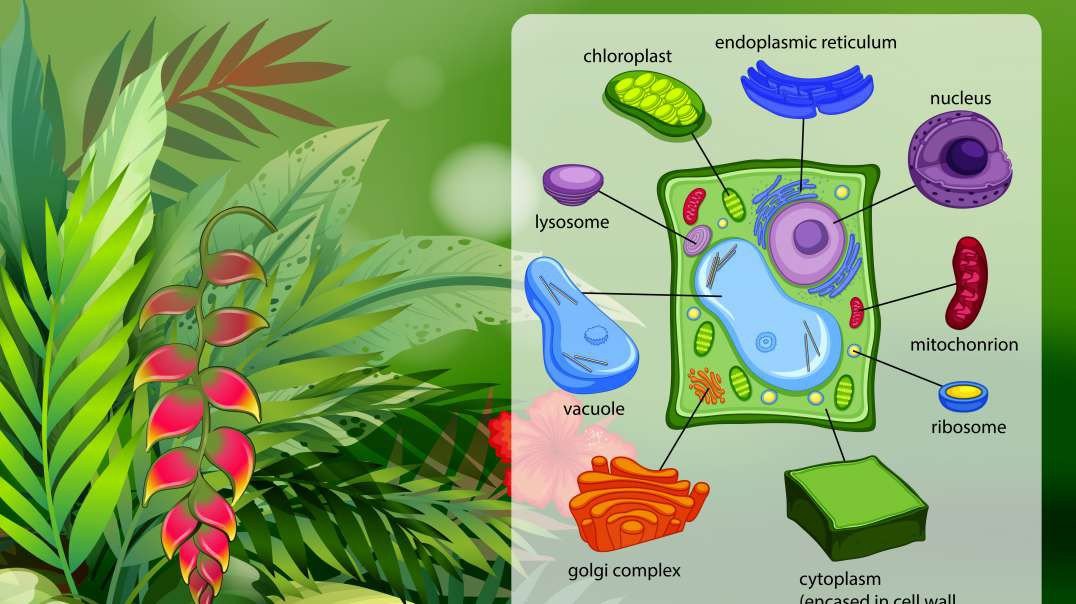
:
Animals and Plant cells: Cellular Organelle
As you know, plant and animal cells have a lot of differences as well as similarities. They both can be differentiated on the basis of the presence of organelles in them. However, both of them are eukaryotic cells. Because both plants and animals have eukaryotic cells, their cell structures are quite similar. Each eukaryotic cell is made up of a plasma membrane, a nucleus, cytoplasm, ribosomes, and mitochondria. Nonetheless, there is quite a lot of difference between plant cell and animal cell. The most distinguishing components between them are wall vacuoles, chloroplasts, size and more. Thus, this article aims to give you an idea of their definition, differences and more details to get a better understanding.
Definition of Plant Cell
Kingdom Plantae majorly comprises of multi-cellular eukaryotes living things that are autotrophic by nature. Moreover. The organelles in plant cells such as chloroplast, cell wall, vacuole, helps in differentiating them from animals cells. While there is a huge amount of plant species that have not been discovered yet, the ones identified are around 400,000 in number.
Generally, the range of plant cells will vary from 10-100 µm in size. Plant cells are responsible for performing the function of photosynthesis. As a result, we refer to green plants as autotrophs. It is done due to the presence of chlorophyll in the chloroplast of the plant cells. Cellulose makes up the cell wall that offers support and rigidity to the cells.
Functions of Plant Cell
Plant cells are the fundamental building blocks of plant life, performing all of the processes required for survival. Photosynthesis is the process of converting light energy, carbon dioxide, and water into food. It occurs in the cell’s chloroplasts. The following are some examples of specialised plant cells:
Collenchyma Cells – Collenchyma cells are made up of elongated living cells with irregular main thick walls. They can change shape and grow in the same way that plants do. The fact is that collenchyma is exceedingly plastic i.e. the cells can stretch and so respond to greater organ growth—is a significant trait.
Sclerenchyma Cells – The cells of the sclerenchyma are stiffer. They are the primary sustaining cells in plant regions that have stopped developing. Mature sclerenchyma cells are often dead cells with thickened secondary walls. They also have a high cellulose content (60–80%) and serve the purpose of giving structural support to plants.
